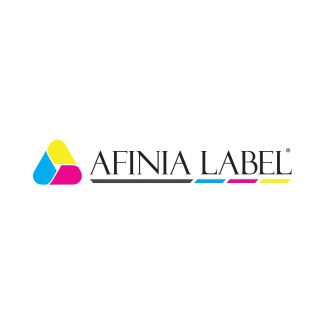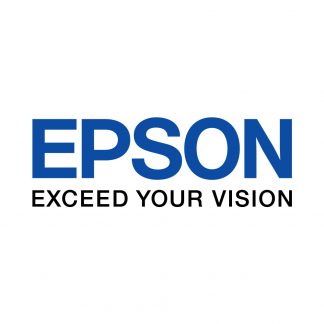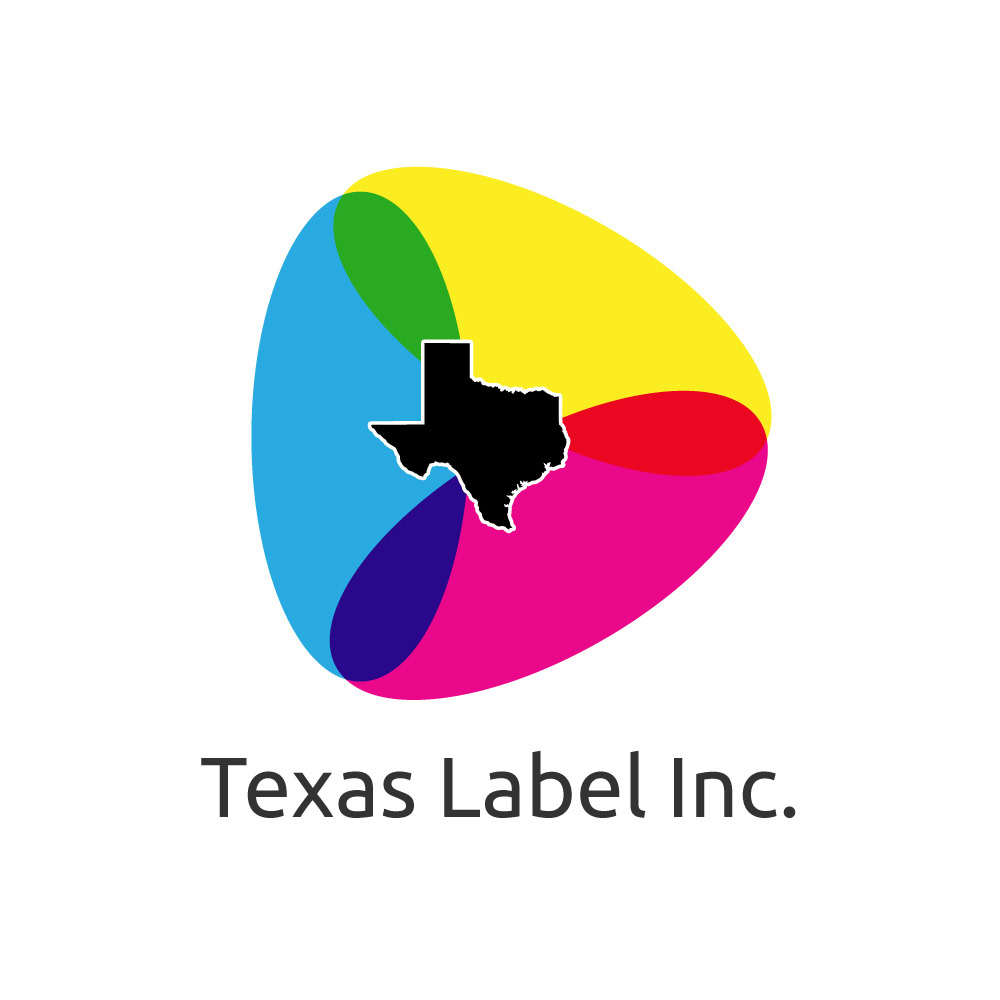
Well-designed, accurate product labels are crucial for any product’s packaging, but they’re perhaps most important for food items. Food products must contain specific information dictated by the Food and Drug Administration (FDA). The inclusion of such information is not only necessary in terms of legality and liability for the manufacturer, but also very important for the health and safety of the consumer. In order to avoid allergic reactions or other potential health problems, consumers must be aware of the ingredients in a food product prior to making their purchase. Food manufacturers must abide by many requirements when labeling their products. This guide explores the different types of information on bakery labels and the importance of including them on all food products.
Statement of Identity
First and foremost, all food product labels must clearly contain a statement of identity. This statement of identity should display the name of the manufacturing company and the common name for the food product. Many companies in the food industry like to come up with fun names for their products in an attempt to catch consumers’ eyes. This can be an effective marketing tool, but it can also distract from the actual product, and the consumer may not be aware of what they’re actually purchasing. This statement of identity ensures that the consumer is fully aware of the common name for the product. This is especially beneficial for shoppers who may not be fluent in the language that’s used for the copy of the product.
The inclusion of the manufacturing company’s name is also important for marketing and branding. Many consumers become very loyal to certain brands. Including the company name on the packaging encourages loyal customers to purchase the product, even if it’s a new item that they haven’t tried before.
Ingredients List
Of the different types of information on bakery labels, the ingredients list is perhaps the most important. This portion of the product label clearly lists every ingredient that was used to create the product, and it often includes both the common and scientific names of those ingredients. Ingredients are listed according to weight, with the heaviest items listed first. Listing ingredients in this fashion can be difficult for baked goods, as ingredients are often measured in quantities rather than by weight.
The ingredients list must also clearly label any allergens that may be present in the product. The most common allergens in the United States are milk, eggs, peanuts, tree nuts, wheat, fish, soybeans, and crustaceans. Clearly labeling these ingredients ensures the safety of consumers with potentially harmful food allergies and makes shopping easier for people who adhere to specific diets. Individuals who have celiac disease, who are lactose intolerant, or who maintain strict vegetarian or vegan lifestyles all benefit from a clear and complete ingredients list.
Nutrition Facts
Nutrition facts are often listed very near to the ingredients list on food packaging. Like the ingredients list, the nutrition facts include specific information regarding the base items used to create the food product. However, nutrition fact labels must adhere to slightly stricter FDA guidelines than ingredients lists. Per FDA requirements, a nutrition facts list consists of three key parts: serving size and calories, nutrients and daily values, and vitamins and minerals. In this portion of the product label, a consumer can find the caloric amount of the product as well as the percentage of sodium, calcium, and protein that the product provides.
An important note
The FDA closely governs the font and colors used in a product’s nutrition facts list. Nutrition facts lists must adhere to requirements regarding the size, style, and color of the font as well as the background color for the list as a whole. Additionally, hairline bars must separate all the nutritional information. The font must be clearly legible, and it should be in a dark color that directly contrasts with a lighter background.
Depending on the product and packaging, the nutritional facts list may be quite small. As such, the manufacturing company must utilize a packaging label printing machine to ensure that all the information on the label is clearly legible. This equipment will ensure that the label appears correctly regardless of its size.
Promotional Labels
The majority of the information listed above is generally displayed on the back of a product’s packaging, but food manufacturers commonly include information on the front label as well. This information typically takes the form of promotional labels, which are used to draw in consumers and to encourage them to make a purchase. Promotional labels often attempt to set the product apart from the competition by outlining all the ways their product is superior, often through short, punchy copy. Examples of promotional labels may include claims that the product has a lower fat content, that it contains no sugar, or that it’s being sold at a discounted price. Promotional labels are also quite popular for gluten-free, vegan, and kosher products. Including information in this manner saves consumers from having to search through long ingredients lists to ensure that the food will fit their lifestyles. Many bakery items also include promotional labels that state the item is fresh-baked, and it may even include a time stamp to solidify this claim.
Contact Information for the Manufacturer
Finally, all food product labels should clearly list the contact information for the product’s manufacturing company. The purpose of including this information is to provide consumers with a point of contact should they have any issues with the product. For instance, if an item has been tampered with or if it was sold past its expiration date, the consumer can contact the manufacturing company to resolve the issue. If a consumer has experienced an allergic reaction due to an inaccurate ingredients list, they can also contact the manufacturing company to alert them of the issue. Including contact information for the company creates stronger client relations through exceptional customer service. This leads to an increase in customer satisfaction, which will create stronger, more loyal bonds in the future.




